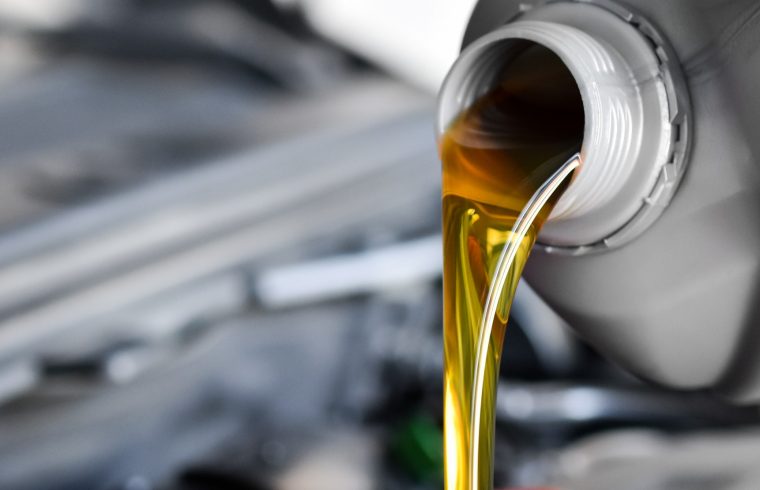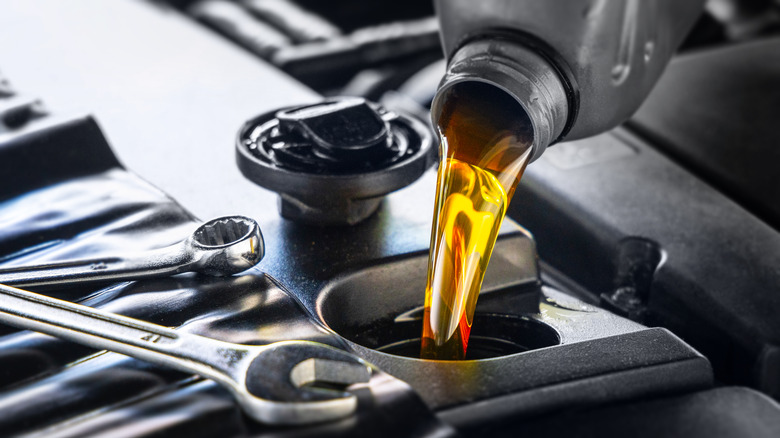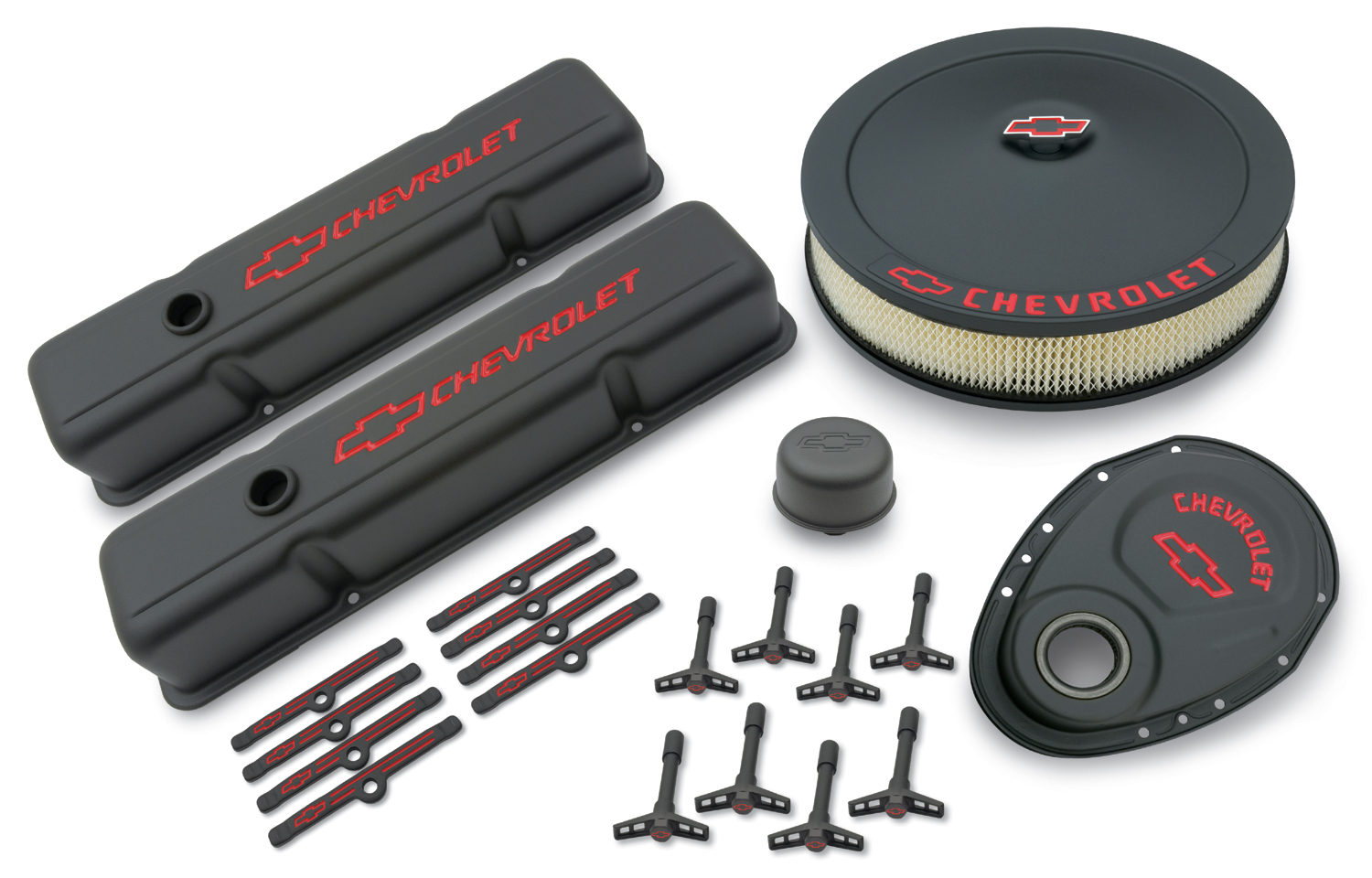Did you know that there are over 263.6 million cars on the road in the United States?
If you’re the owner of a vehicle, you need to learn how to take care of your car properly. Practicing proper automobile maintenance will keep your car in the best possible condition that it can be in. Ensuring that your car’s fluids are managed will keep up with the longevity and fuel economy of your car.
That’s why today, we’ve created this complete guide to help you get a better understanding of how to take care of the fluids in your car. Keep reading to learn more!
Table of Contents
Engine Oil
Right after making sure that your car has enough gas in it, making sure that your car has enough engine oil is important.
Checking your engine oil and making sure that you have enough oil will make sure that everything in your car keeps moving smoothly. You should make sure that your check the oil levels in your engine after your car has been turned off for at least ten minutes, as this will give the oil time to cool off.
You can check the engine oil with a dipstick, which will allow you to inspect the oil quickly. If you find that your engine oil is low, you’ll need to add more engine oil before using your car again. Keep the engine oil levels too low can cause damage to your engine.
Coolant Levels
Coolant is responsible for managing the heat levels that your engine produces. Your engine produces friction and combustion, which creates a lot of heat. By absorbing the heat that the engine products, coolant works by dissipating it into the radiator.
You’ll need to make sure that you check your coolant levels every 50,000 miles. Always be sure never to check your coolant while your engine is hot, as pressurized coolant can spray out. This can result in burns or other injuries.
Power Steering Fluid
Many of the power steering systems in modern-day cars are hydraulic. Hydraulic power steering systems use pressurized fluids to make it a lot easier to turn the steering wheel.
While there isn’t any timeframe that you need to keep in mind with power steering fluid, you still need to check it every once in a while. You can check the power steering fluid using a dipstick or in a reservoir located in the engine bay.
If you find that the power steering fluid levels are low, make sure that you’re using the power steering fluid that’s right for your car. Using the wrong type of power steering fluid could cause damage to your vehicle.
Bonus Fluid: Deionized Water
Investing in deionized water systems to use for detailing your car is beneficial to keeping the coat on your car protected. Minerals in non-purified water, such as iron, calcium, and magnesium, can cause water spots to appear after the car is dried off.
Understanding The Best Automobile Maintenance Tips
By keeping up with managing these fluid levels, you’ll be able to stay on top of your automobile maintenance! If you don’t stay on top of your fluid levels, you could potentially cause irreversible damage to your car.
Are you interested in learning more about how to keep up the maintenance of your car? Check out our blog to learn more today!












